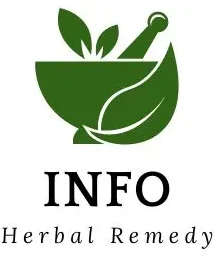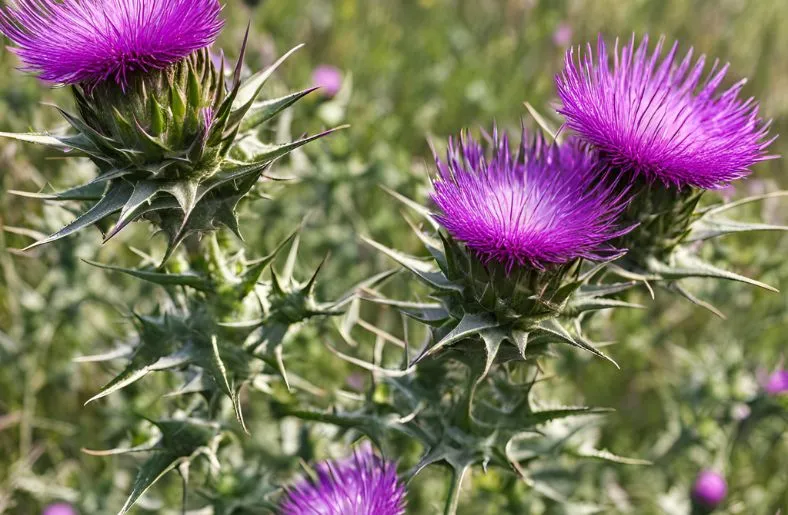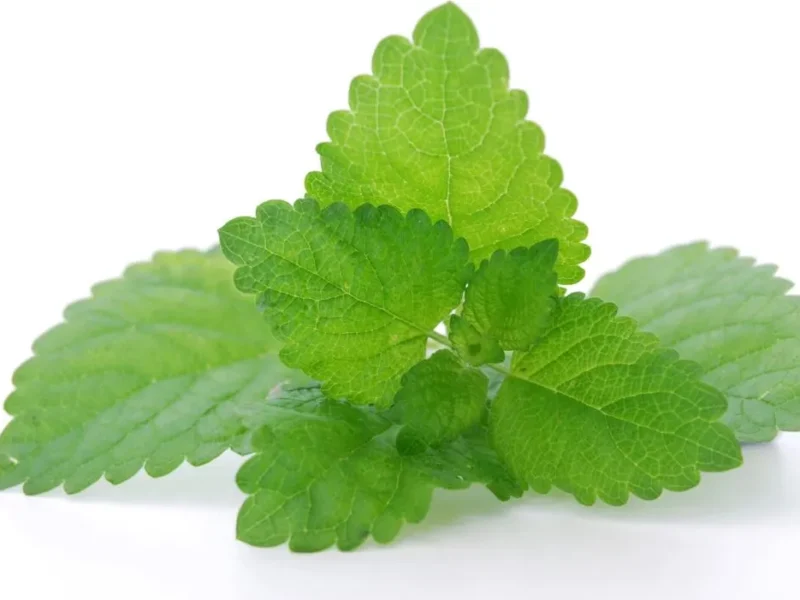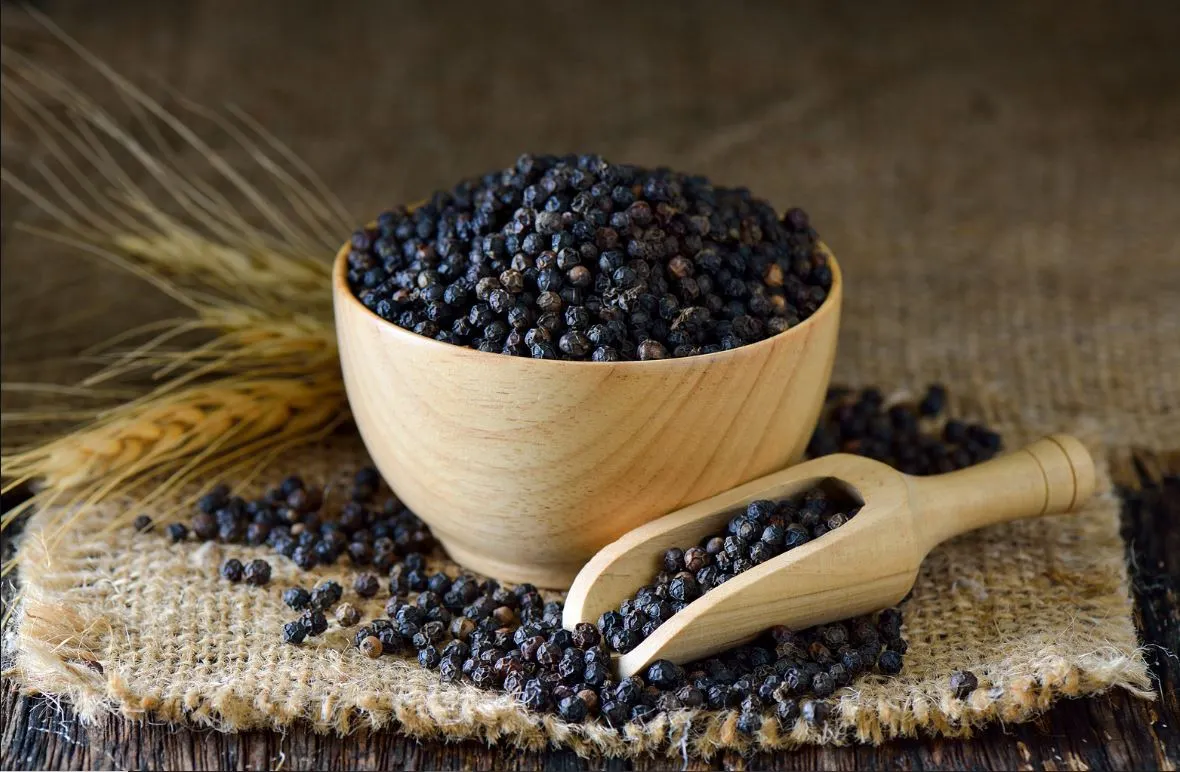In recent years, the use of milk thistle for fatty liver has garnered significant attention in both scientific and public health spheres.
This comprehensive review aims to elucidate the potential efficacy of milk thistle, scientifically known as Silybum marianum, in the management of hepatic steatosis, commonly referred to as fatty liver disease.
Potential of Milk Thistle
Fatty liver disease, characterized by excessive lipid accumulation in hepatocytes, has become increasingly prevalent worldwide.
The exploration of milk thistle stems from the herb’s long-standing use in traditional medicine for hepatoprotection.
Types of Fatty Liver Disease
When discussing milk thistle for fatty liver, it’s crucial to distinguish between two primary forms of the condition:
- Alcoholic Fatty Liver Disease (AFLD): Induced by chronic ethanol consumption
- Non-alcoholic Fatty Liver Disease (NAFLD): Associated with metabolic syndrome and insulin resistance
Both AFLD and NAFLD can benefit from interventions targeting hepatic lipid metabolism, which is where milk thistle comes into play.
The Science Behind Milk Thistle for Fatty Liver
The potential of milk thistle lies in its rich composition of flavonolignans, collectively known as silymarin. When evaluating milk thistle, researchers focus primarily on the following mechanisms:
- Antioxidant Properties: Milk thistle may help reduce oxidative stress in hepatocytes.
- Anti-inflammatory Effects: The use of milk thistle could potentially modulate inflammatory pathways.
- Metabolic Regulation: Studies on milk thistle suggest possible improvements in insulin sensitivity and lipid metabolism.
Clinical Evidence
Several clinical studies have investigated the efficacy of milk thistle:
- A meta-analysis in “Medicine” (2017) examined eight randomized controlled trials on milk thistle for fatty liver, specifically NAFLD. Results showed significant reductions in liver enzymes, suggesting the potential benefits of milk thistle.
- Research published in “Phytomedicine” (2015) explored a combination therapy including milk thistle, demonstrating improvements in hepatic steatosis and insulin resistance markers.
- A systematic review in the “World Journal of Hepatology” (2020) highlighted the need for more extensive clinical trials on milk thistle to conclusively establish its efficacy.
Administering Milk Thistle for Fatty Liver
When considering milk thistle, several factors should be taken into account:
- Dosage: Studies on milk thistle have used doses ranging from 210 to 800 mg of silymarin daily.
- Formulation: Various forms of milk thistle are available, including standardized silymarin extracts and phosphatidylcholine complexes for enhanced absorption.
- Safety: While milk thistle generally demonstrates a favorable safety profile, potential interactions with other medications should be considered.
Related Guide: How Long Should I Take Milk Thistle to Detox Liver? A Comprehensive Guide (2025)
Integrative Approach
While milk thistle shows promise, it should be part of a comprehensive approach to managing hepatic steatosis:
- Dietary Interventions: Alongside milk thistle, adhering to a Mediterranean-style diet may provide additional benefits.
- Physical Activity: Regular exercise complements the use of milk thistle by improving overall metabolic health.
- Weight Management: Even modest weight reduction can enhance the potential benefits of milk thistle.
Conclusion
The potential of milk thistle represents an intriguing area of research at the intersection of phytotherapy and hepatology. While preliminary evidence suggests promising effects of milk thistle, more robust clinical trials are needed to definitively establish its efficacy.
As research on milk thistle continues to evolve, it may offer a valuable complementary approach to managing hepatic steatosis. However, the use of milk thistle should always be discussed with a healthcare professional and considered as part of a comprehensive treatment strategy.
The ongoing exploration of milk thistle underscores the importance of bridging traditional botanical knowledge with modern medical science in addressing the growing global health challenge of fatty liver disease.



